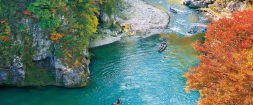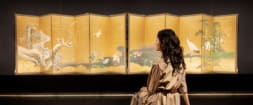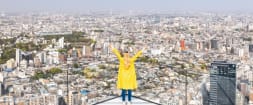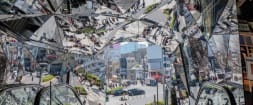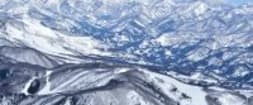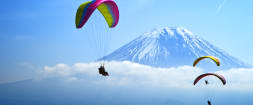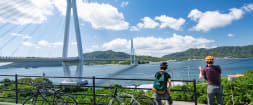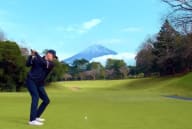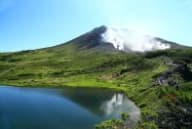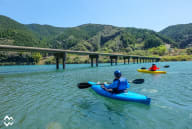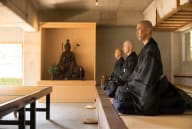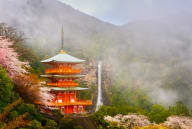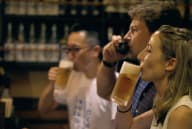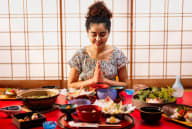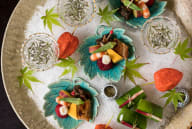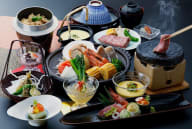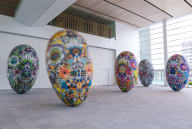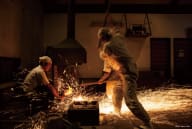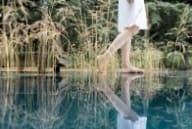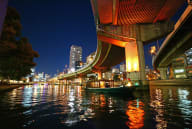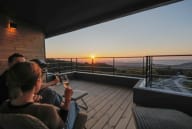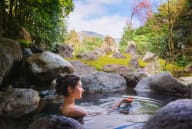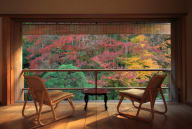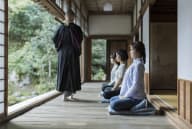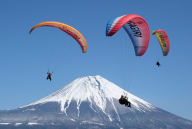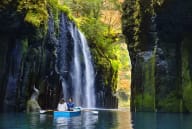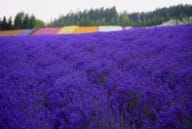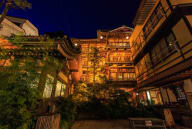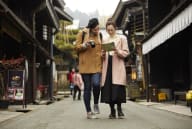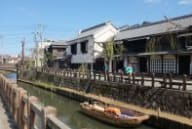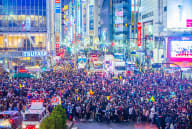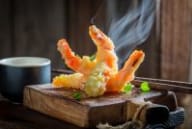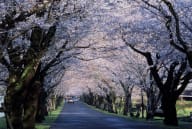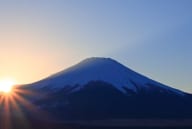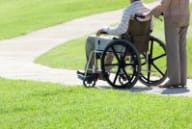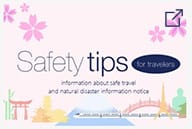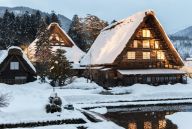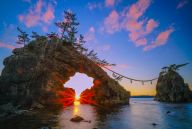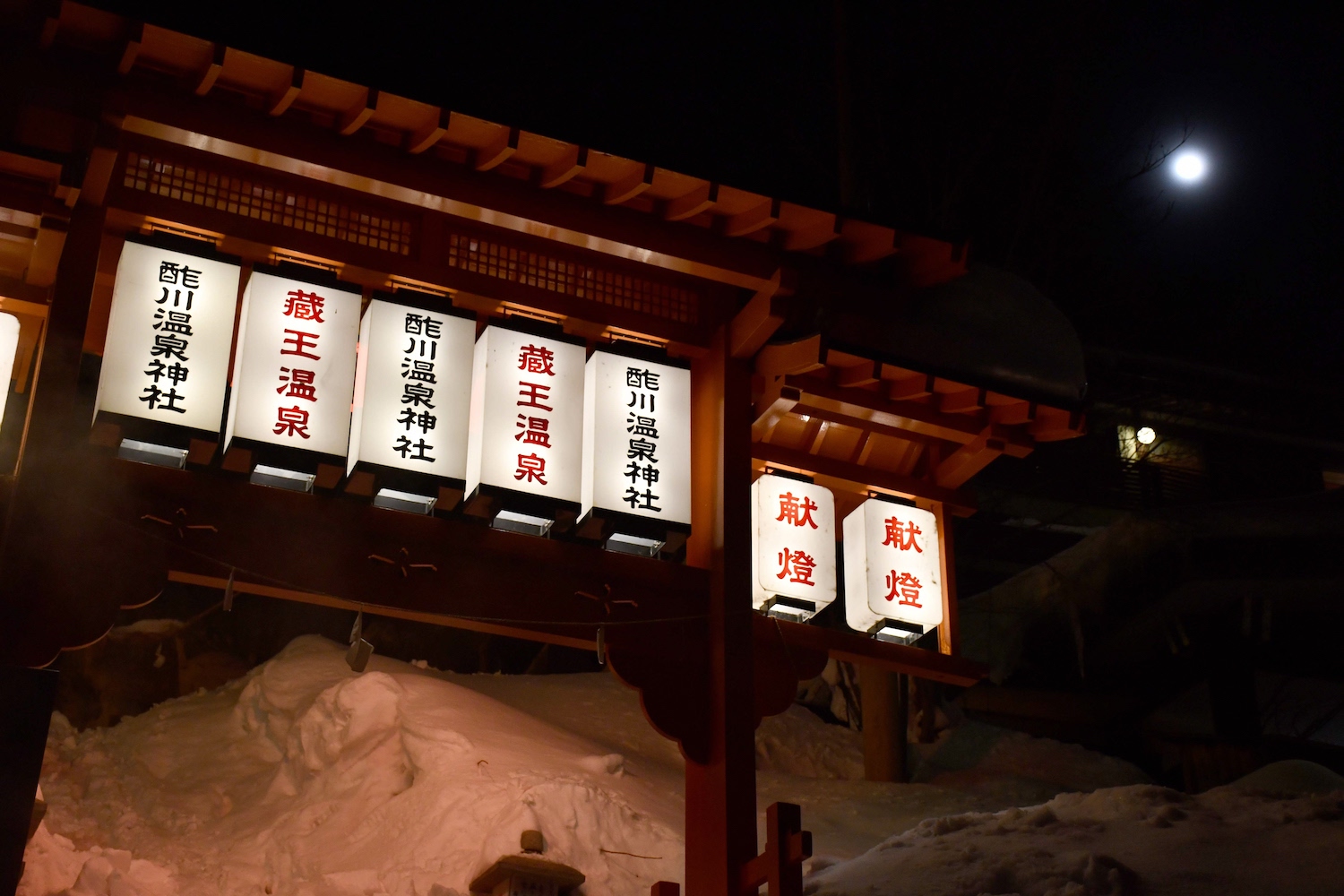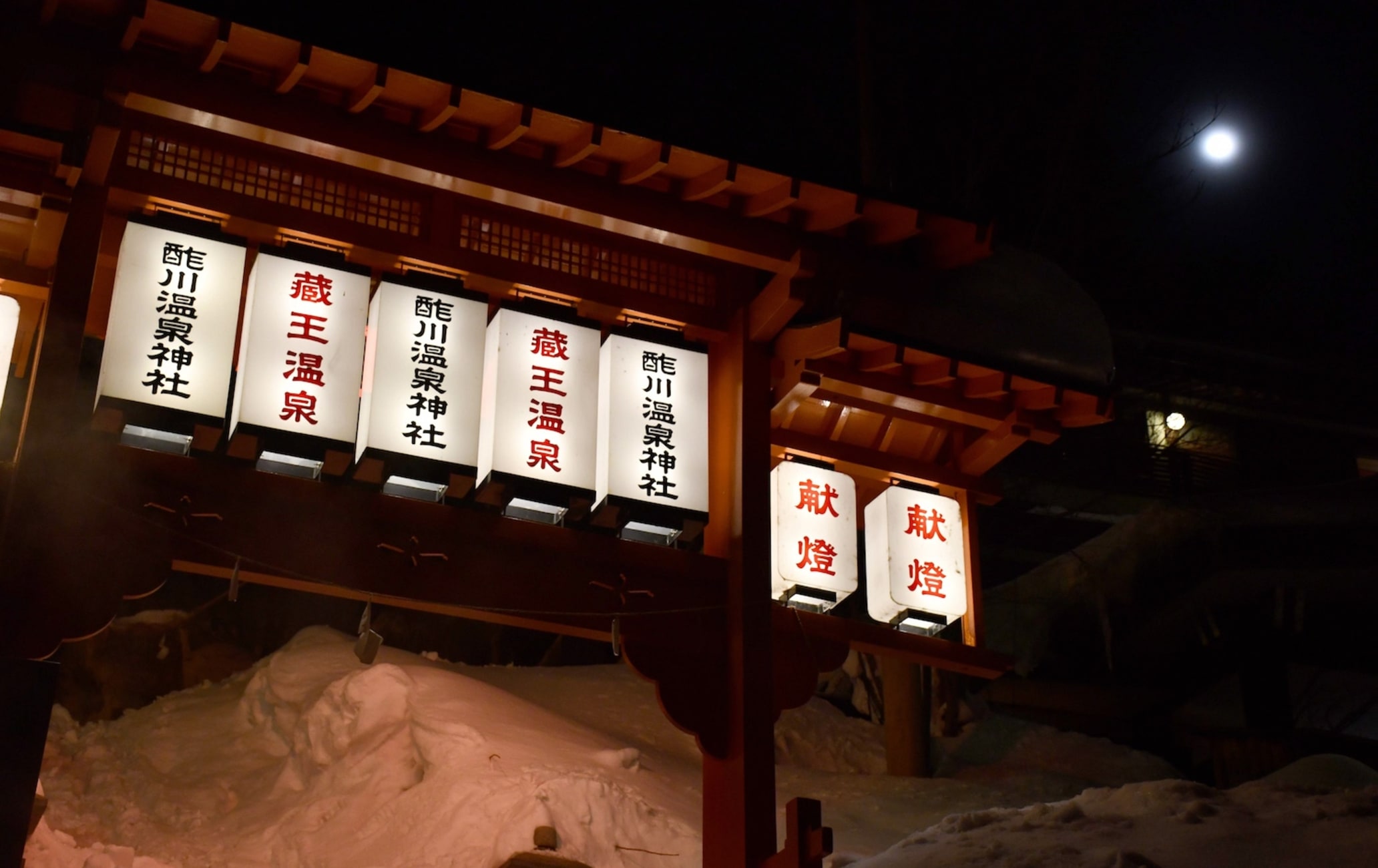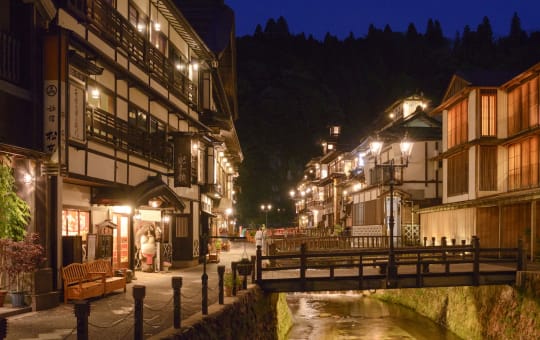One of the most popular places in Japan to ski, soak in hot springs and encounter snow monsters
Zao is a popular ski and hot spring resort area nestled between the mountains of Yamagata and Miyagi Prefectures. Zao Onsen is known for its mineral rich water which helps to relieve fatigue and beautify the skin, and is also a famous ski resort during the snowy season. The healing waters are said to have been discovered in 110 AD.
Zao offers a wide range of experiences throughout the year. In the green season, you can go hiking, cycling, trekking and mountain climbing, or enjoy forest bathing.
Don't Miss
- Skiing, snowboarding and apres-ski in winter
- Enjoying Zao's Juhyo "snow monster" festival
- Forest bathing and trekking in green season
How to Get There
Zao Onsen is accessed most easily from the Yamagata Prefecture side via a 40-minute bus that departs hourly from Yamagata Station.
From Sendai Station, take the Senzan Line one hour and 15 minutes to Yamagata Station to board the bus.


Enjoying the slopes
The ski resort is renowned for the number and quality of its runs, and both day and night skiing are options. Zao's famous icons, snow monsters, are trees coated with ice and snow that take on a surreal appearance, a rare winter phenomenon
The Zao area is also a popular destination for hikers and climbers during the autumn and summer months. There are various courses suitable for anyone from beginners to experienced climbers. There are also walking courses through wetlands and volcanic regions.
Zao is an ideal place for walking among the trees for forest bathing. This has been scientifically proven to boost the immune system and lower blood pressure, among other benefits.

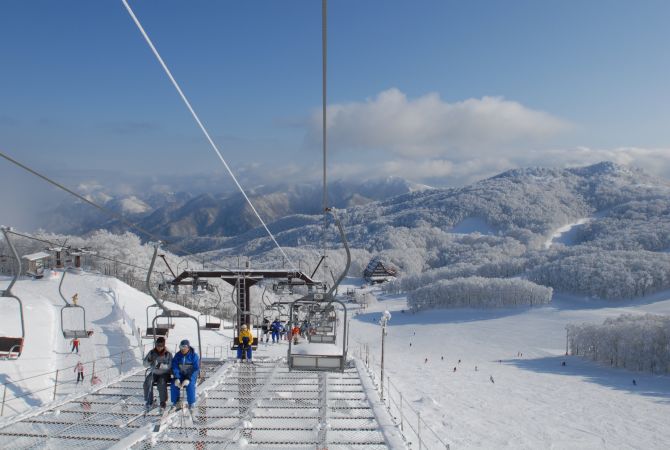


Healing sore, tired muscles, by bathing
Zao's hot springs have high levels of sulfur said to be beneficial for muscle pains, chronic skin diseases, high cholesterol and high blood pressure.
Soaking in these acidic hot springs—which also contain high levels of aluminum, sulfate, chloride and iron—has beautifying effects as well. The water is known to rejuvenate and strengthen both skin and blood vessels, giving you a more youthful and healthy appearance. This is why Zao Onsen is also known as the “Springs of Beauty.”
Choose from among dozens of hot springs during your visit. Most hotels or ryokan (Japanese style inns) have their own hot springs for guests. There are day-trip bathing facilities and public baths for day visitors.
The Tourist Information Center can provide more information and locations of the hot springs. In total, there are five facilities offering day visits in the area, three public hot springs, and three-foot baths.
Day-use hot springs are a little more expensive, but well equipped. Genshichi and Zao Onsen open-air spas offer hot spring experiences in a natural setting. The snow-viewing baths are especially recommended in winter.
Public baths
Public baths are simpler and inexpensive. You may need to bring your own towel or bathing goods. Some of the baths are not staffed, so remember to place your entrance fee inside the collection box. The three public baths are open from 6 a.m. to 10 p.m. daily.
Foot baths (ashiyu) are a fun feature of hot spring towns. Zao Onsen offers three places where you can take off your shoes or ski boots and soothe any aches for free. Two baths are open year-round, while the Shinzaemon-no-yu hot spring closes during winter.

* The information on this page may be subject to change due to COVID-19.











